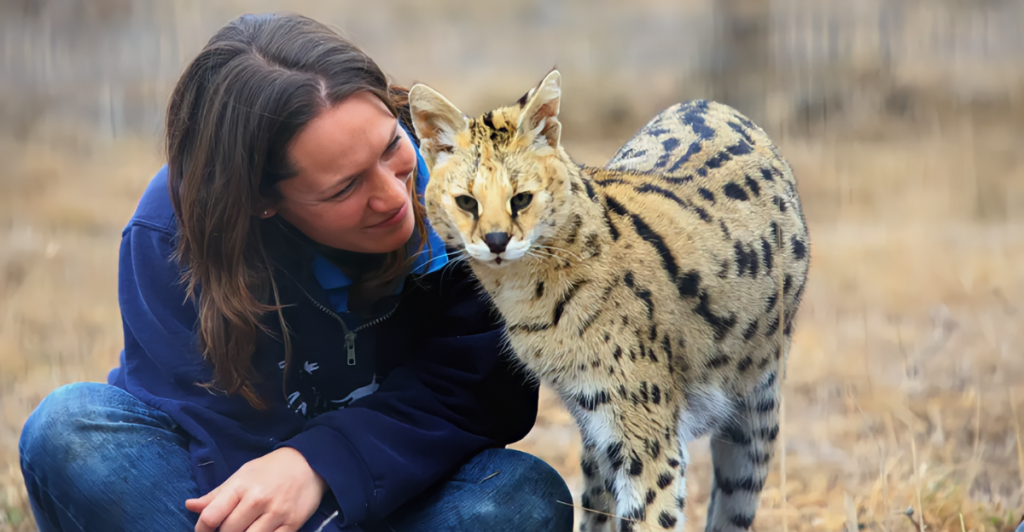
The chances of encountering a stray baby animal are common during warmer seasons. The first thing you might want is help, but helping too quickly can do more harm than good. There are a few signs you can look out for to make sure whether or not this little critter truly needs your help.
Understanding Normal Behavior in Baby Wildlife
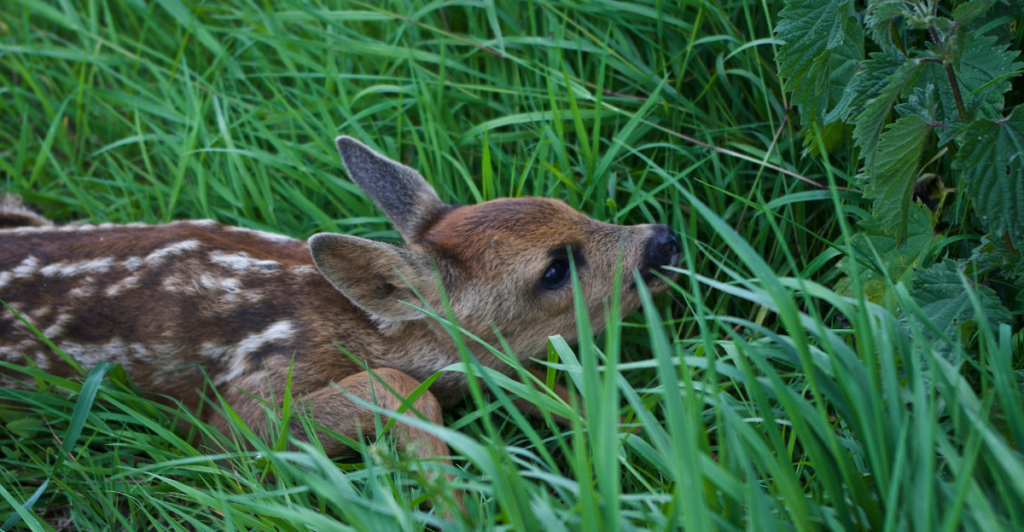
Understanding animals’ natural behavior is essential so you don’t interfere when you shouldn’t. Many species leave their young alone for extended periods as part of their natural parenting strategy. Watching these animals from afar can help determine whether or not they are genuinely abandoned or just waiting for the mom to return. Deer hide their fawns in tall grass while foraging, which can often be mistaken for abandonment.
Signs That a Baby Animal Needs Help
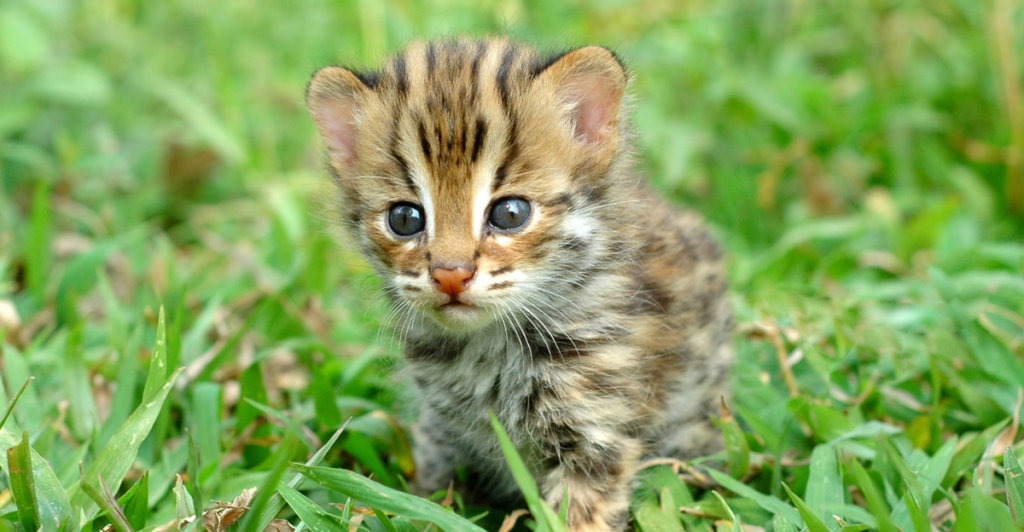
You’ll know when a baby animal is in distress when you see a few obvious signs, such as bleeding, shivering, a lethargic response, or crying for long periods of time. Take a good look around to make sure there isn’t a parent close by, but these signs are a clear indication that it might be time to help.
When to Leave the Animal Alone
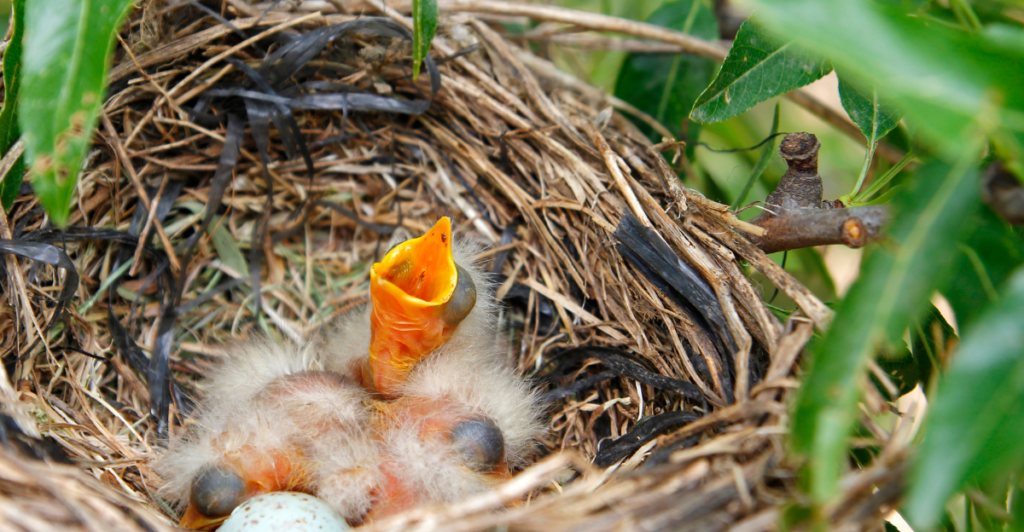
If the baby animal seems healthy and there is no immediate threat, such as oncoming traffic or a predator, it’s best to leave it alone. If you do happen to interfere prematurely, you can disrupt the animal’s natural development and even its chances of survival.
Why It’s Important To Observe First
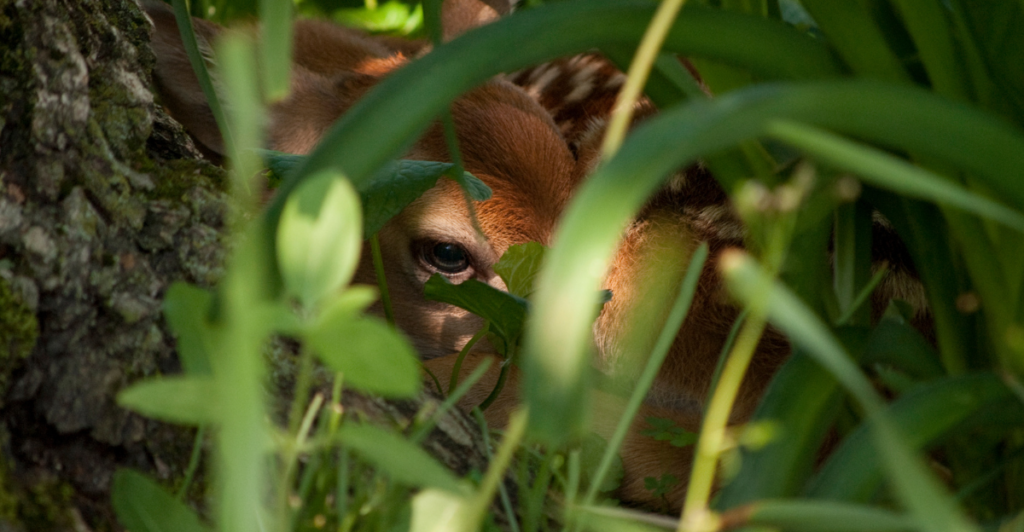
Try keeping a safe distance and watching from afar for at least a few hours before deciding to intervene. This gives the parent time to get back to their baby or to see if they truly need any sort of intervention.
Species-Specific Considerations

A few species tend to leave their babies alone, but they always come back for them. These species include deer, birds, foxes, raccoons, and squirrels. If you do find any of these species all alone, make sure to give it enough time to see if Mom returns.
Do Not Feed or Give Them Water
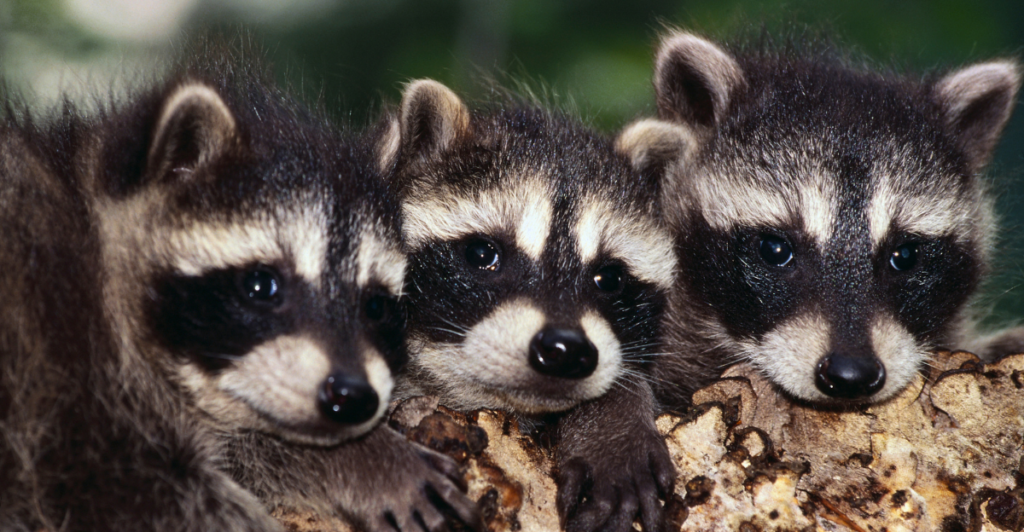
Wild animals have specific dietary needs; unless a wildlife professional advises you, it’s best not to give them anything. People often want to do good by keeping them hydrated, but giving them the wrong thing can lead to serious harm.
Create a Safe Environment if Necessary
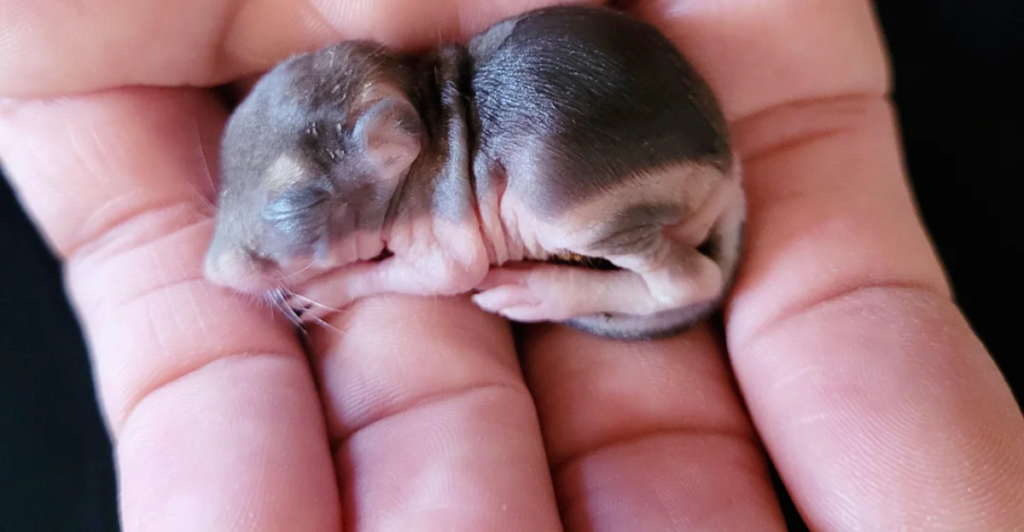
If you need to intervene temporarily, placing the animal in a warm, dark, and quiet space like a box lined with soft material is best. Avoid excessive handling to minimize stress to worsen the situation further.
Contact Wildlife Professionals

If you are unsure about what to do, it’s always best to contact a wildlife professional for help. Rather than trying to intervene and possibly doing the wrong thing, ask for help and advice.
Handling Injured Animals Safely

If you do feel the need to move an injured or distressed animal, do it safely and securely. Wear gloves and work gently to move the wild animal. Use a box with air holes to keep it warm during transit to a rehabilitation center.
Avoid Overhandling
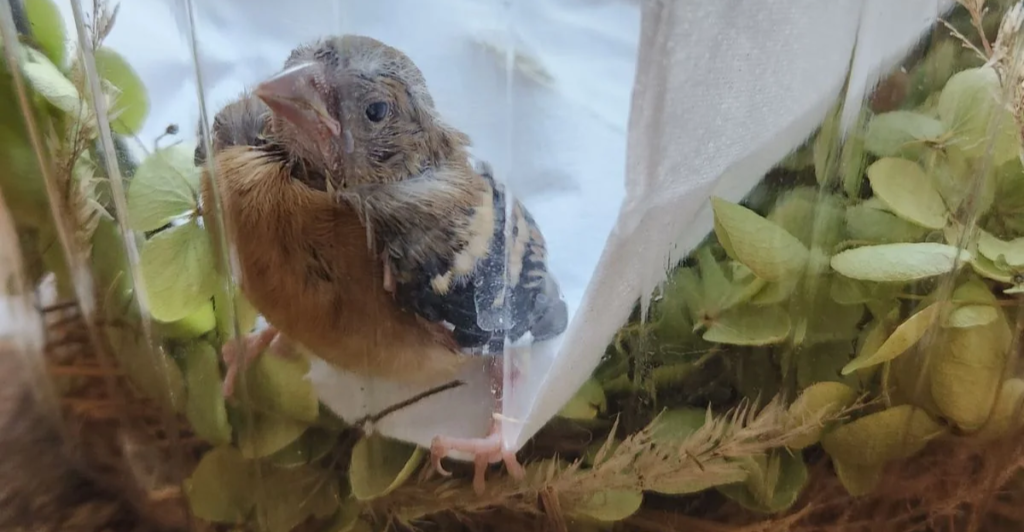
Excessive interaction with humans can cause stress and reduce an animal’s ability to survive in the wild later on. To keep the baby animal as safe as possible, it’s important to try to keep any interaction with it to a minimum. Also, try avoiding contact with other animals and loud environments.
Reuniting Babies with Their Parents
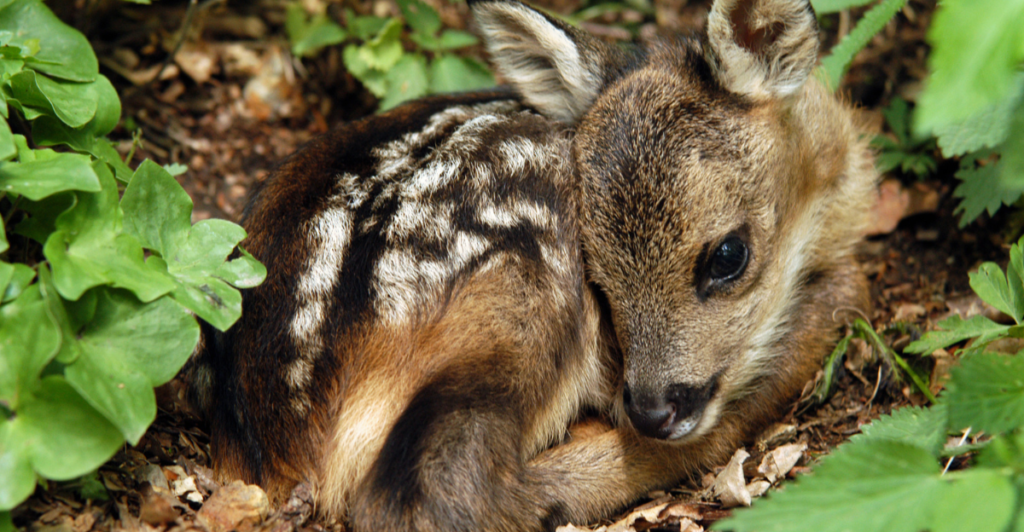
In some cases, it might be ideal to return the baby to its parents. Place the baby in a safe area where the mother often returns and observe from afar to make sure the mom returns.
Legal Considerations
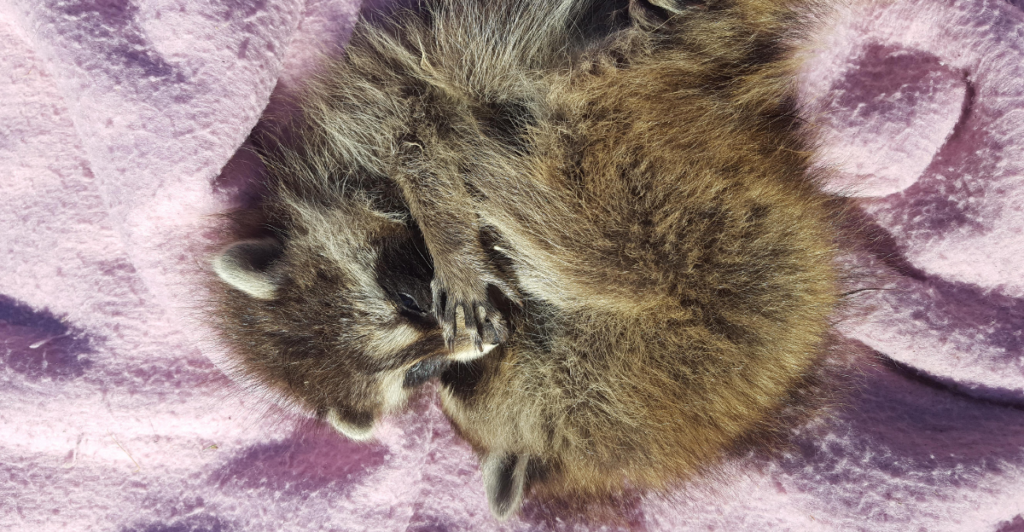
It might be very tempting for many to keep these cute wild animals and raise them on their own. Unfortunately, caring for wild animals without proper permits is illegal in many areas. Always consult with licensed professionals before taking action to ensure local law compliance. Keeping wild animals should always be the last resort as they might have a good chance of returning to the wild.
Explore more of our trending stories and hit Follow to keep them coming to your feed!

Don’t miss out on more stories like this! Hit the Follow button at the top of this article to stay updated with the latest news. Share your thoughts in the comments—we’d love to hear from you!







